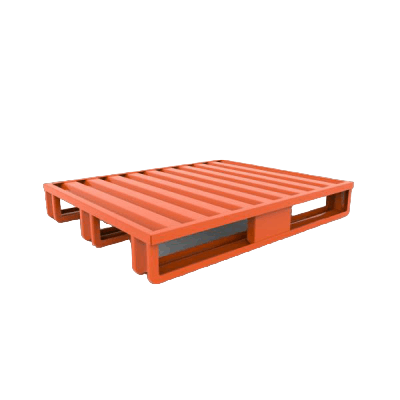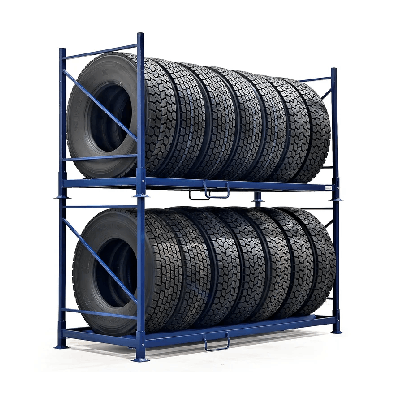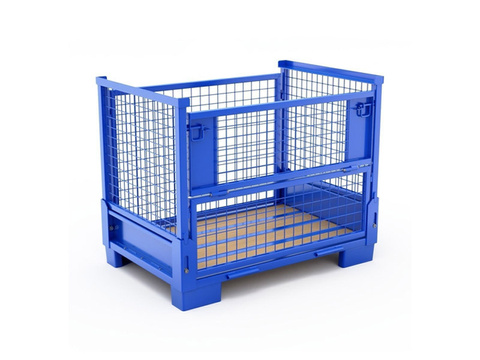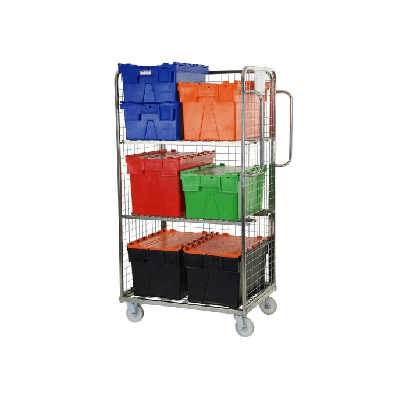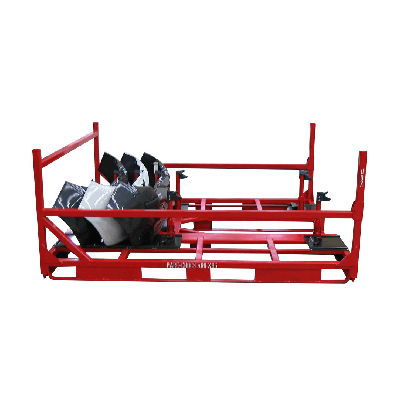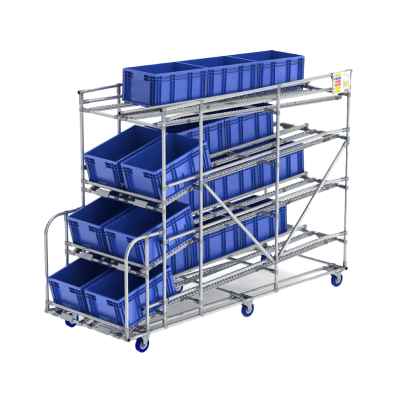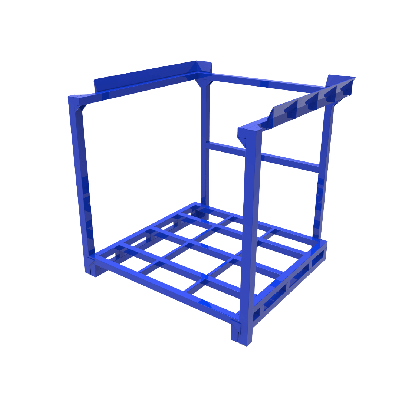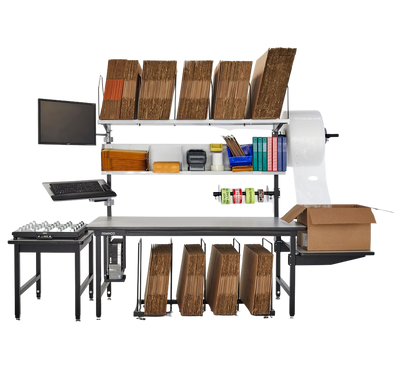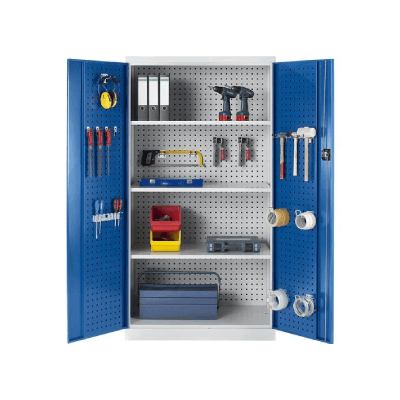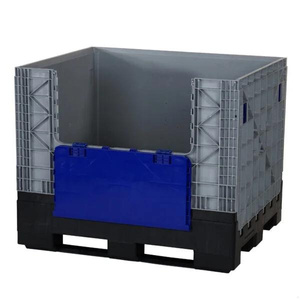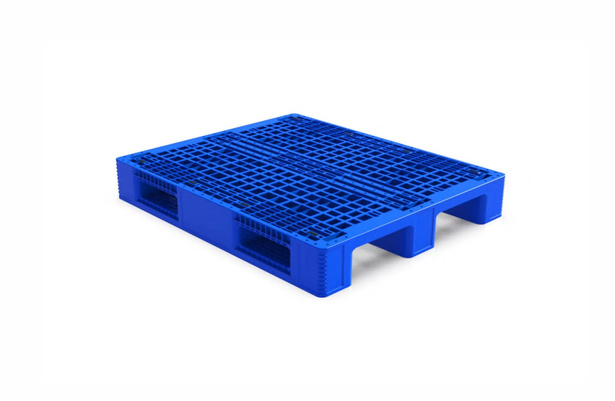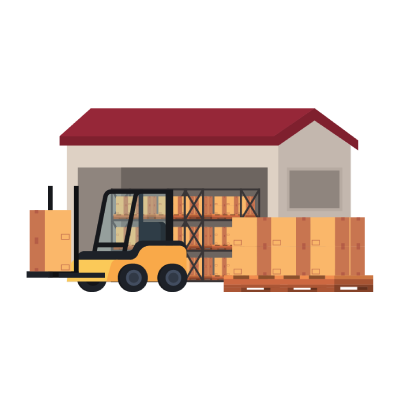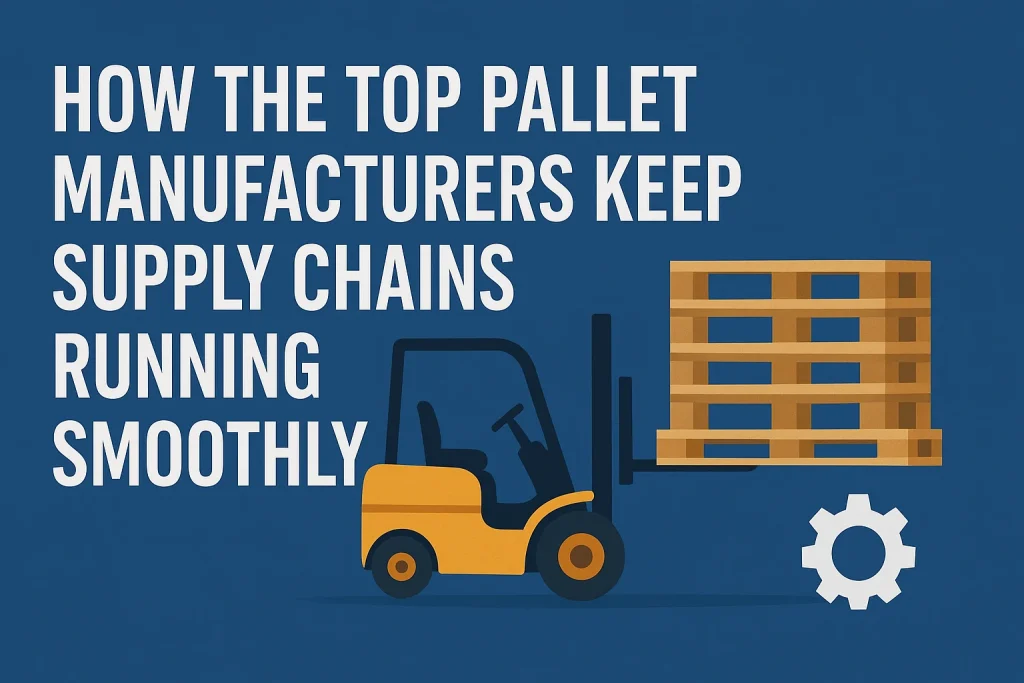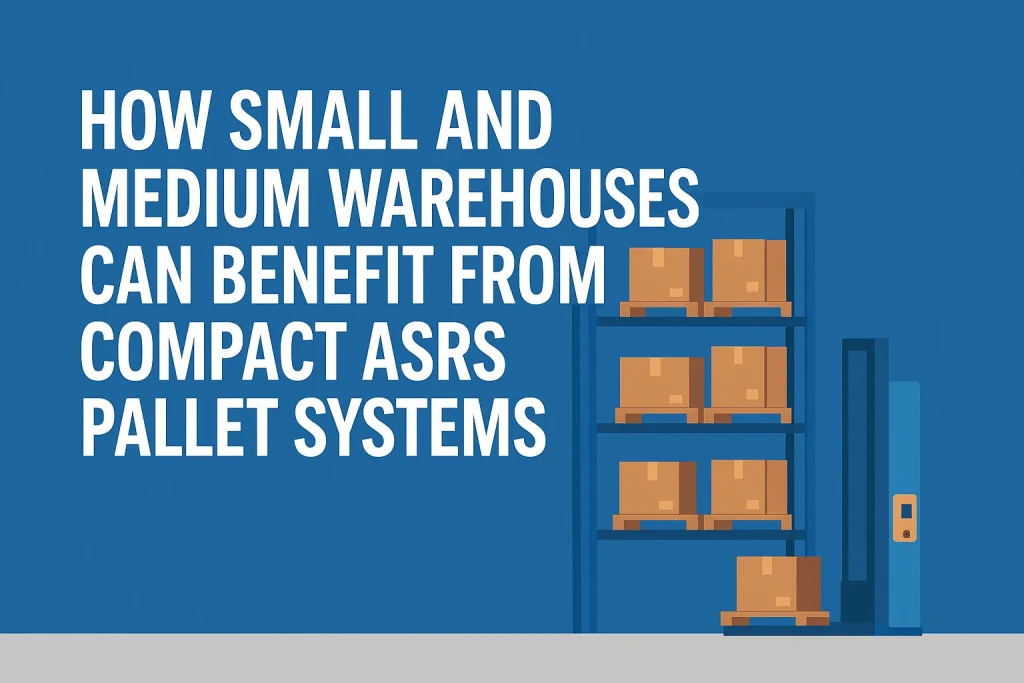In today’s fast-moving economy, the way a business handles storage and distribution can make or break its growth potential. Every square foot of warehouse space matters, and efficiency is no longer optional—it’s essential. With rising customer expectations for speed, accuracy, and reliability, growing businesses are under pressure to do more with less. That’s where ASRS Pallet Storage comes into play.
Automated Storage and Retrieval Systems (ASRS) are transforming how businesses manage inventory, optimize space, and streamline operations. For small to medium-sized enterprises (SMEs) looking to expand, investing in ASRS isn’t just about keeping up with competitors—it’s about building a scalable foundation for the future.
Table of Contents
ToggleWhat Is ASRS Pallet Storage?
ASRS Pallet Storage refers to automated systems designed to handle pallets with minimal human intervention. Unlike traditional warehouse setups where forklifts, manual labor, and static shelving dominate, an ASRS relies on advanced machinery and software to move, store, and retrieve goods.
At its core, an ASRS consists of:
- Automated cranes or shuttles that move pallets in and out of racks.
- Racking systems that maximize vertical and horizontal space.
- Inventory management software that tracks items in real time.
This combination creates a highly efficient ecosystem where goods are handled with speed, precision, and reliability.
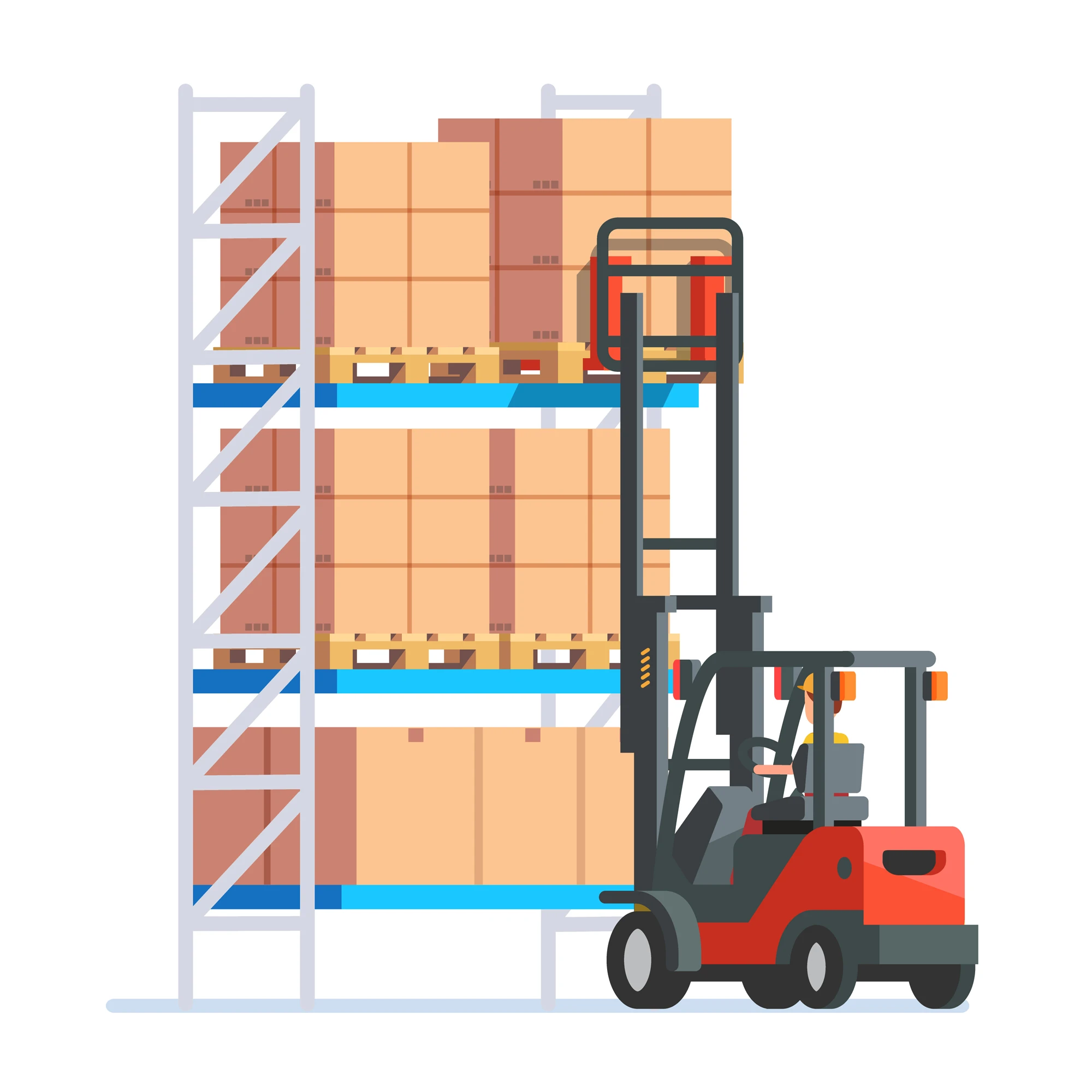
Why Growing Businesses Need Smarter Storage Solutions?
Business growth brings opportunity—but also complexity. With increased demand, more SKUs, and tighter turnaround times, traditional storage systems quickly reach their limits. Here’s why smarter storage is no longer optional:
Rising Customer Expectations
Same-day delivery and real-time tracking are now standard. To meet these expectations, businesses need systems that minimize picking errors and reduce delays.
Space Limitations
Warehousing costs are climbing, especially in urban areas. Expanding storage capacity without increasing footprint is crucial for controlling costs.
Labor Shortages
Many industries are facing challenges in hiring and retaining skilled warehouse staff. Automation helps bridge this gap by reducing dependency on manual labor.
Scalability Needs
Growth isn’t always linear. Businesses require systems that can scale up or down quickly without massive reinvestments.
Key Benefits of ASRS Pallet Storage
Investing in ASRS is more than a cost decision—it’s a strategic move. Here are the main benefits that make it a smart investment:
1. Optimized Space Utilization
Traditional warehouses often waste valuable vertical space. ASRS solutions use high-density racking systems that extend upwards, allowing businesses to store more in the same footprint. This is especially valuable in urban locations where space costs are high.
2. Increased Productivity
Manual pallet handling requires time, coordination, and manpower. With ASRS, retrieval times are drastically reduced. Automated cranes and shuttles can retrieve a pallet in seconds, keeping operations flowing smoothly.
3. Improved Inventory Accuracy
Human error is one of the biggest causes of misplaced inventory and costly delays. ASRS integrates with inventory management software, ensuring that every pallet is tracked in real time. This reduces shrinkage, misplacement, and picking errors.
4. Enhanced Worker Safety
Warehouses can be hazardous environments, particularly when forklifts are involved. By minimizing manual pallet movements, ASRS reduces the risk of accidents and creates a safer workplace.
5. Long-Term Cost Savings
While the upfront investment in ASRS can seem significant, the return on investment (ROI) comes through reduced labor costs, fewer errors, lower operational downtime, and better use of space. Over time, these savings add up substantially.

Industries Benefiting from ASRS Pallet Storage
ASRS systems are not just for global giants like Amazon or Walmart. They’re increasingly accessible to businesses of all sizes and across many industries:
- E-commerce & Retail: Fast-moving products require speed and accuracy in order fulfillment.
- Food & Beverage: Cold storage and perishable goods benefit from compact, efficient storage.
- Pharmaceuticals: Precision, traceability, and regulatory compliance demand error-free storage.
- Manufacturing: Just-in-time (JIT) production thrives on reliable material availability.
- Third-Party Logistics (3PLs): Service providers can increase throughput and win more contracts.
Addressing Common Concerns About ASRS
Despite its advantages, many growing businesses hesitate to adopt ASRS due to perceived barriers. Let’s address some of these concerns:
“It’s too expensive.”
While the upfront costs can be higher than traditional racking, the ROI typically justifies the expense. Reduced labor dependency, optimized space, and fewer errors quickly offset the investment.
“It’s too complex.”
Modern ASRS systems are designed with user-friendly software and intuitive controls. With proper training, warehouse teams adapt quickly.
“It’s only for big companies.”
This is a common misconception. Scalable ASRS solutions are now available for SMEs, offering modular systems that can grow with the business.
“What if it breaks down?”
Leading ASRS providers offer maintenance plans, remote monitoring, and quick-response services. In fact, automation often results in fewer disruptions compared to labor shortages or human error.
The ROI of ASRS Pallet Storage
Understanding the return on investment is critical for any growing business. Here’s where the real value of ASRS shines:
- Labor Efficiency: Reduce overtime and reliance on seasonal workers.
- Operational Speed: Increase throughput without additional space or staff.
- Reduced Errors: Minimize costly mistakes in picking and shipping.
- Sustainability: Use less energy, reduce waste, and make better use of existing real estate.
Most businesses report seeing measurable ROI within 3–5 years, depending on their scale and industry.
How to Know If Your Business Is Ready for ASRS?
Not every business needs ASRS right away. But here are clear signs you should consider it:
- You’re running out of storage space but can’t easily expand your warehouse footprint.
- Your labor costs are climbing, and hiring warehouse staff is becoming more difficult.
- Inventory inaccuracies are causing customer dissatisfaction or compliance issues.
- You’re losing competitive ground because order fulfillment is too slow.
- Your long-term growth plan involves scaling operations significantly.
If you identify with two or more of these scenarios, ASRS could be the smart investment you need.
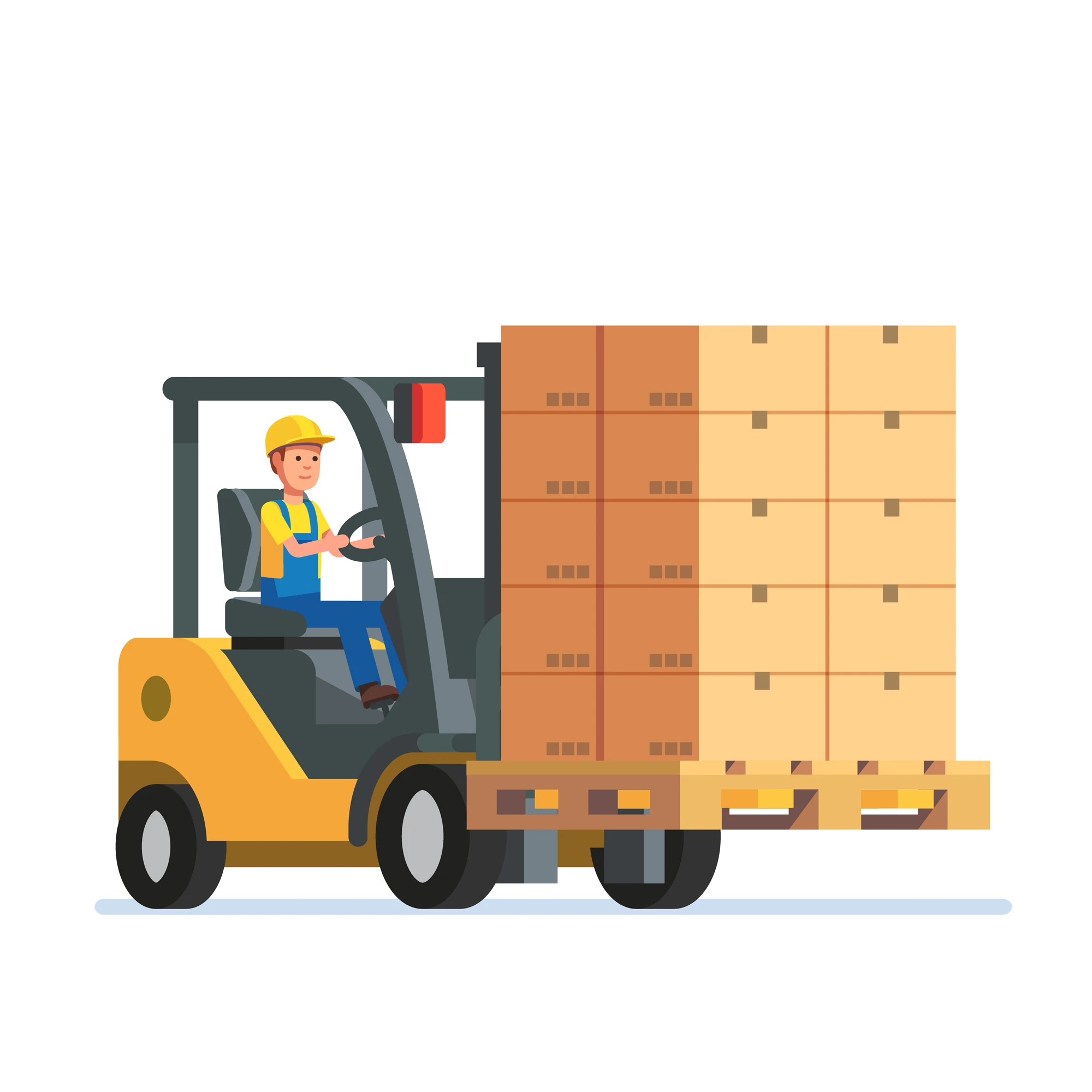
Steps to Implement ASRS Pallet Storage
Transitioning to automation requires planning. Here’s a step-by-step approach:
Assess Current Operations
Evaluate your space utilization, picking accuracy, and labor dependency.
Set Clear Goals
Define what you want to achieve—faster fulfillment, lower costs, improved safety, or all of the above.
Choose the Right Provider
Look for an ASRS partner with proven experience in your industry.
Start Small if Necessary
Many providers offer modular systems that allow you to scale gradually.
Train Your Team
Proper onboarding ensures smooth adoption and minimal disruption.
Monitor and Optimize
Use the system’s reporting tools to improve operations continually.
Looking Ahead: The Future of Warehousing
The future of warehousing is undeniably automated. As robotics, artificial intelligence, and data analytics advance, ASRS will continue to evolve—becoming even more efficient, affordable, and adaptable. For growing businesses, getting ahead of the curve now is a way to ensure long-term competitiveness.
Investing in ASRS isn’t just about solving today’s problems—it’s about preparing for tomorrow’s opportunities.
Conclusion
For businesses seeking sustainable growth, ASRS Pallet Storage is more than a trend—it’s a necessity. It empowers companies to optimize space, improve accuracy, enhance safety, and achieve long-term savings. By adopting automation now, growing businesses can future-proof their operations and remain competitive in an increasingly demanding marketplace.
If you’re ready to take the next step toward smarter storage solutions, consider partnering with trusted providers like Kole Pallet who specialize in delivering reliable, scalable systems tailored to your needs.
Frequently Asked Questions:-
1. What is ASRS Pallet Storage?
- ASRS Pallet Storage is an automated system that uses cranes, shuttles, and inventory software to efficiently move, store, and retrieve pallets with minimal human involvement.
2. Why should growing businesses invest in ASRS?
- ASRS helps businesses save space, reduce labor costs, improve accuracy, enhance safety, and scale operations smoothly, making it a smart long-term investment.
3. Is ASRS only suitable for large companies?
- No. While large corporations use ASRS extensively, many scalable and modular solutions are now available for small and medium-sized businesses.
4. How much space can ASRS save compared to traditional storage?
- ASRS can increase storage density significantly by maximizing vertical and horizontal space, often allowing businesses to double or triple capacity in the same footprint.
5. What industries benefit most from ASRS Pallet Storage?
- Industries such as e-commerce, retail, food and beverage, pharmaceuticals, manufacturing, and third-party logistics gain the most from ASRS due to their need for speed, accuracy, and efficient space usage.

